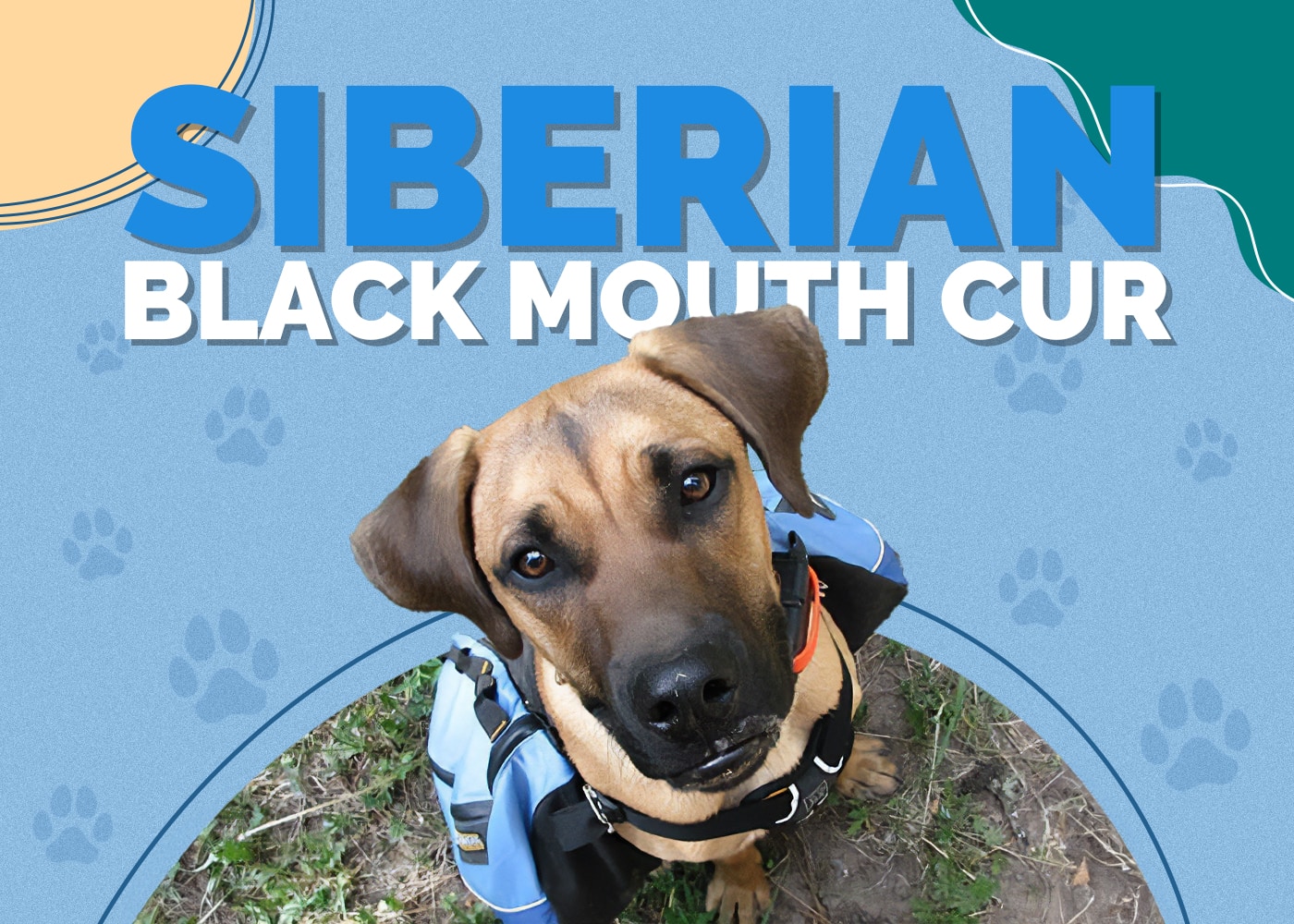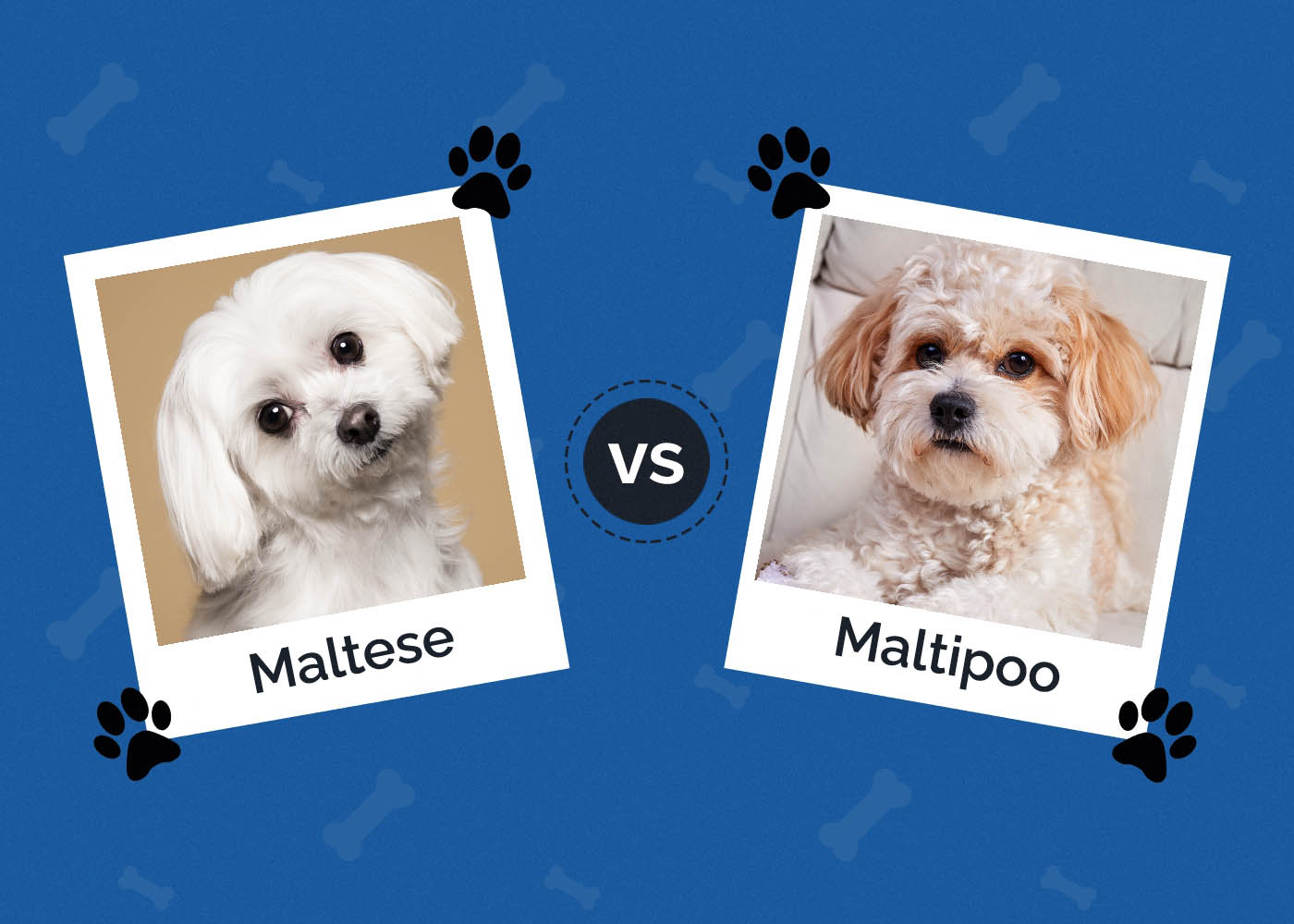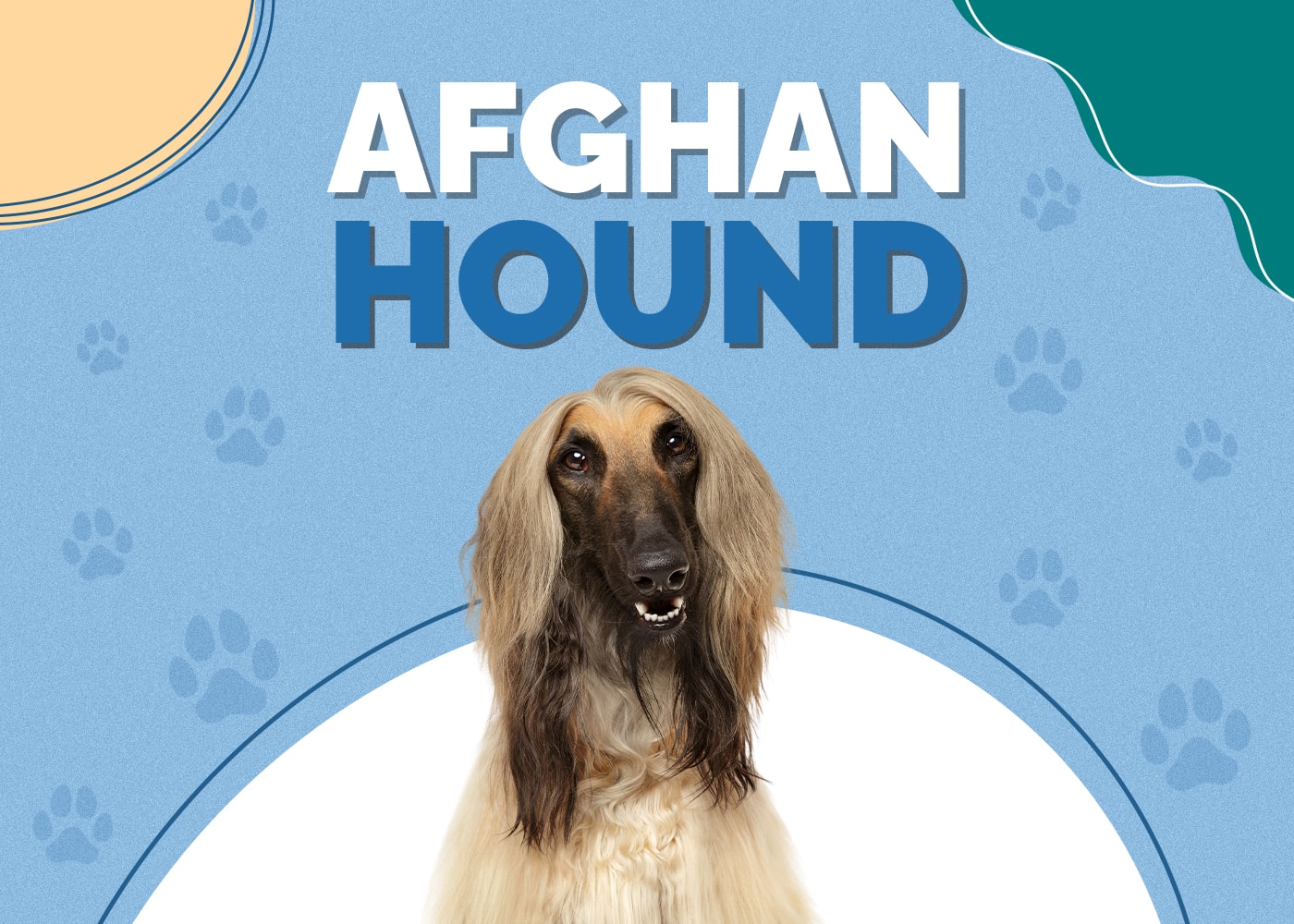Border Newfie (Border Collie & Newfoundland Mix): Info, Pics, Facts

Updated on
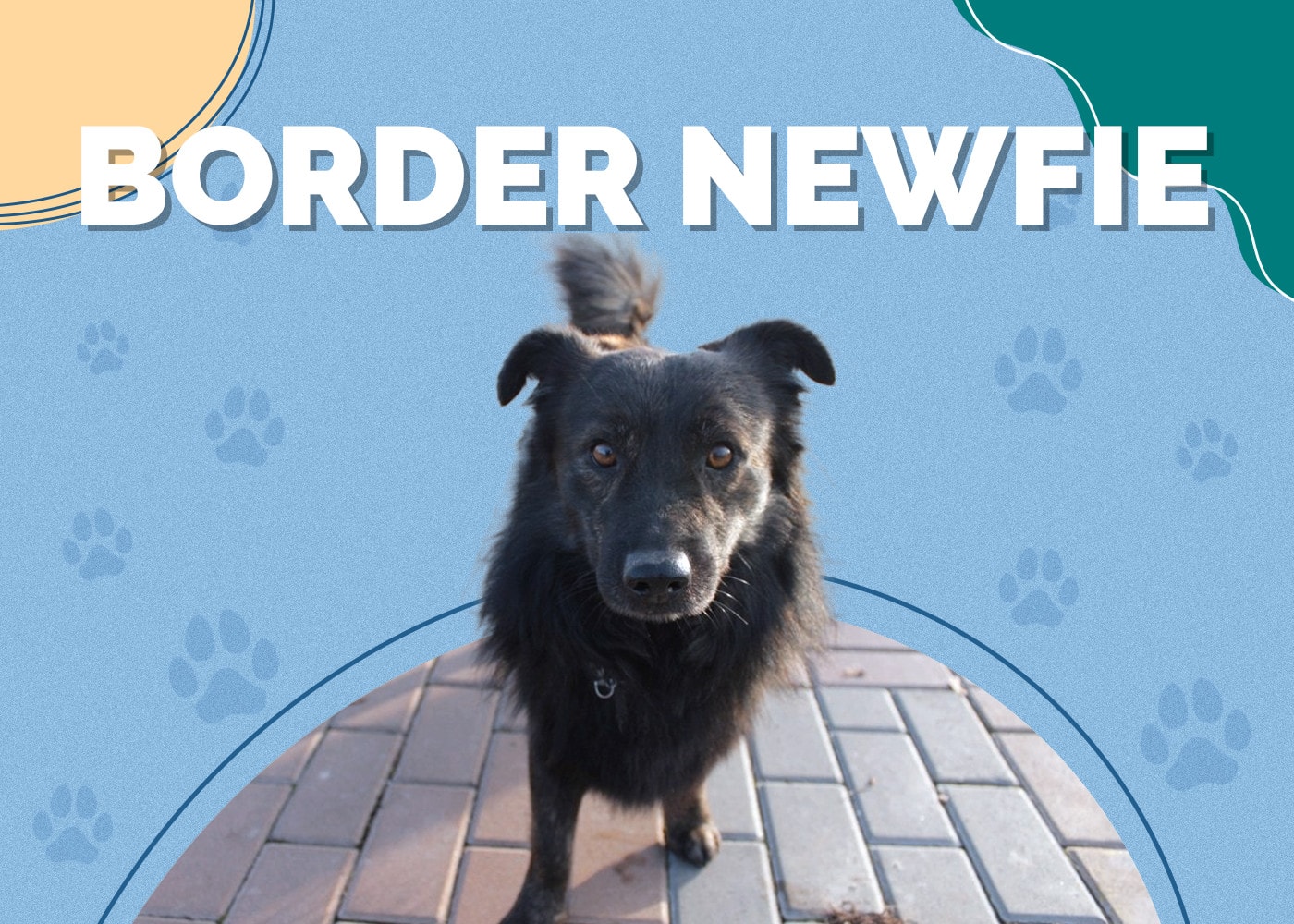
| Height: | Up to 28 inches |
| Weight: | Up to 100 pounds |
| Lifespan: | 10–13 years |
| Colors: | Black, white, dark grey |
| Suitable for: | Families, singles, as working dogs |
| Temperament: | Affectionate, loyal, hard-working, intelligent |
The Border Newfie, a cross between a Border Collie and Newfoundland, is a fairly new breed, and as such, not much is known about its origins. The parent breeds make this dog intelligent, large, and prone to herding.
Border Collies have a long and respected history of herding and are the go-to dog for farmers and active owners. It was first bred on the Scottish borders due to its high intelligence, incredible instincts, and obedience for herding livestock—primarily sheep—but nowadays has become a popular companion breed. They are extremely athletic and energetic and frequently compete in dog sports and sheepdog trials. They are widely considered as one of the most intelligent breeds of dog.
The Newfoundland is a large, stocky working dog. They were originally bred and used as working dogs for fishers in Newfoundland, Canada, and are now commonly kept as companion pets. They are well-known for their massive size, strength, and inscrutable loyalty and are often used as lifesaving dogs, because of their thick double coat and amazing swimming abilities.
Border Newfie Puppies
Both Newfoundland and Border Collie puppies can fetch high prices for their puppies, and the Border Newfie is right on par. Finding a Border Newfie at a shelter might not be an easy task, but you can always ask for a Border Collie mixed dog that can have similar traits to Border Newfies.
Border Newfie puppies are round, black balls of fur that will quickly win over your heart. It can be very tempting to have a Border Newfie because of their adorable looks, but keep in mind that these dogs need lots of care to keep them entertained. Make sure you can provide enough exercise and mental stimulation to these dogs to avoid boredom.
3 Little-Known Facts About the Border Newfie
1. They have webbed feet
The Newfoundland breed is very well-known for its webbed feet, and this genetic trait can follow over to Newfies. They also have the longest toes of any breed, making them highly adept swimmers.
2. They love water
Because the Newfoundland was bred around fishermen and water, they love to swim. Newfies will often bound straight toward any body of water they see, and you’ll have a hard time getting them out. Their thick, waterproof coats make even the coldest water no problem.
3. They form strong bonds with their owners
Both Border Collies and Newfoundlands have been bred and used in situations that rely on strong bonds and trust with humans. They have developed a truly symbiotic relationship with their breeders, and this will be the same with Newfies. Getting one as a puppy will give you a loyal, trustworthy, and lifelong friend.
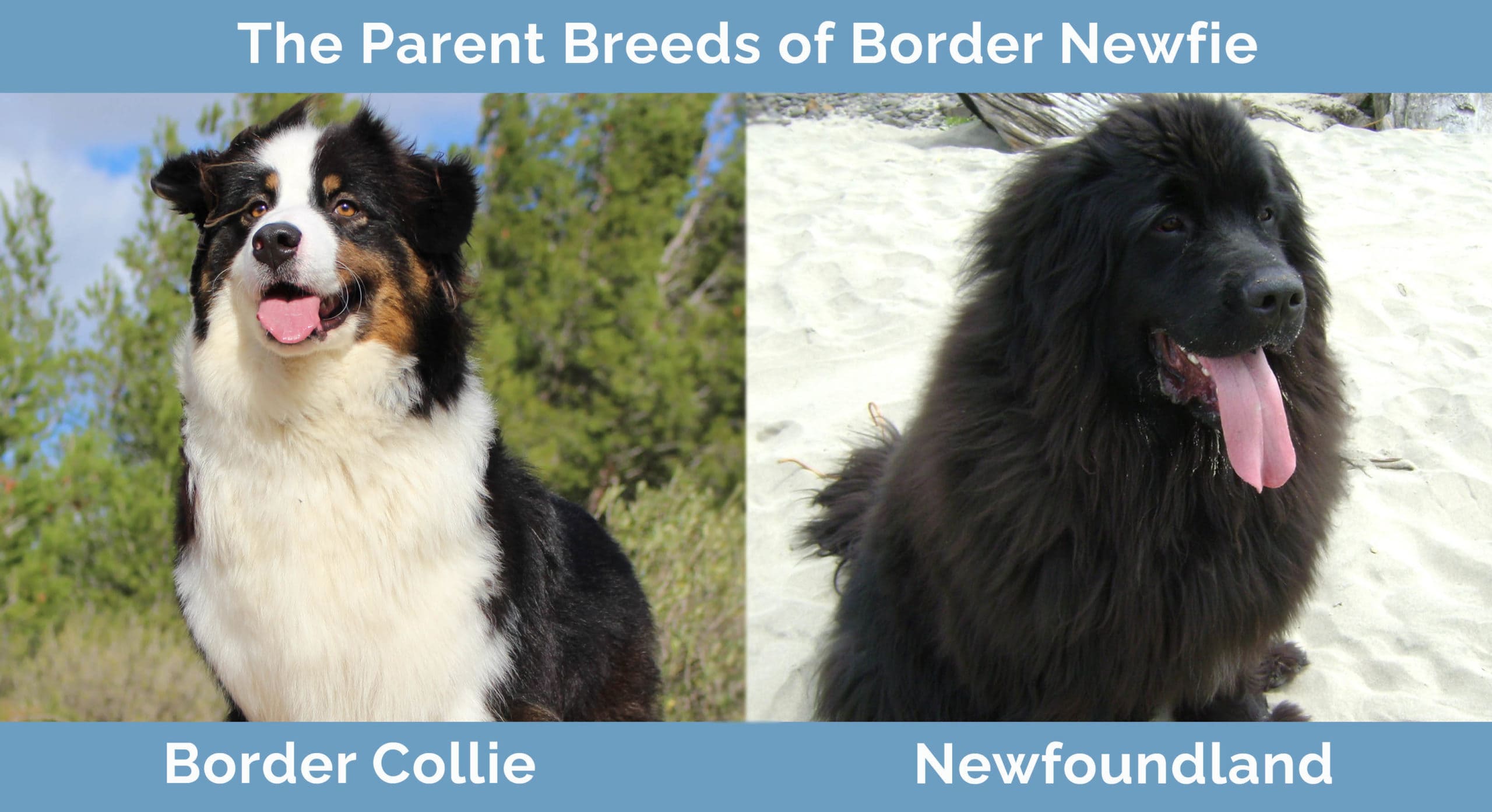
Temperament & Intelligence of Border Newfie 🧠
Both Border Collies and Newfoundlands are highly intelligent breeds, and Border Newfie is the same. They are amazingly loyal and can form an incredible bond with humans. They are even-tempered and good-natured dogs, ideal for both families and as working dogs.
Are These Dogs Good for Families? 🏡
These dogs are gentle giants and make great family pets. They are rarely aggressive but can be protective of children and owners due to their innate herding instinct. They are social animals and enjoy being in the company of people. It’s important to note that both the Newfies’ parent breeds were bred with an important purpose, and your Newfie will need one too. They need regular interaction and activity in order to stay happy.
Does This Breed Get Along With Other Pets? 🐶 😽
Yes! They are highly sociable, friendly, and non-aggressive, so they will get along great with other dogs. You may find them wanting to herd smaller animals and dogs and occasionally, children too!
Things to Know When Owning a Border Newfie:
Food & Diet Requirements 🦴
The Border Newfie is a big dog that comes with a big appetite. The debate still goes on about whether to feed your dog raw or cooked meat as opposed to kibble, which can often contain harmful ingredients. There is evidence that the cooking process breaks down essential nutrients, especially omega fatty acids. The best option is to give your Newfie the best quality dry kibble that you can and mix in meat or wet food whenever possible.
If you do decide to give your Newfie dry food, 4–5 cups a day is sufficient, ideally divided into two meals. Wet food can help provide your Newfie with additional moisture, but as with any dog, constant access to fresh, clean water is essential.
Be sure to check the ingredients of both the dry kibble and wet food that you give your dog, as many commercial foods contain harmful “filler” ingredients. Dairy products, too many grains, chocolate, and fatty meats should be strictly avoided, as these can swiftly lead to health issues.
Border Newfies are prone to food allergies that can result in skin issues, like hotspots. They are also genetically predisposed to dilated cardiomyopathy, so you should stay away from foods with too many vegetable proteins. Newfies are also prone to overeating and thus, obesity. They will eat as much as they are given, so nutrient-rich foods are far more preferable than filler-packed, low-quality kibble, which will require your Newfie to eat more calories in order to get sufficient nutrients.
Most dogs need around 25–30 calories per pound per day to maintain a healthy weight, so the average Border Newfie will need to get about 250–300 calories a day to maintain a healthy weight.
Exercise 🐕
The herding and working heritage of Border Collies and Newfoundlands mean that your Border Newfie will require regular, directed exercise. Newfies have a ton of energy that needs to be burned up, and a minimum of 2 hours a day is recommended, but the more, the better. Newfies love to swim, so an additional swim as often as possible will benefit them greatly.
Due to their high intellect, their brains need exercise too, and they will love ball games, fetch, and running activities. Border Collies in particular have a ton of stamina, and you’ll be hard-pressed to tire them out. There are options of weighted vests you can try, which will help your dog burn off excess energy. No more than 10% of their body weight should be added, however, as this is more than enough to tire them out and help them gain muscle strength.
Exercise should be regular and consistent, ideally with a combination of high-intensity running, walking, and mentally stimulating games every day. Without this regular physical and mental stimulation, Newfies are prone to barking, nipping, and other behavioral issues.
Training 🦮
Newfies are easy to train and will love the challenge of obeying commands. Both the Border Collie and Newfoundland breeds have a long and rich history as working dogs, mostly due to their high intellect and ease of trainability. They have quick learning skills and should thus ideally be trained from a young age. If not trained correctly, their natural herding instincts will kick in, and they can be seen chasing cars, children, or anything else they can “herd.”
The golden rule in training Border Newfies is consistency. The intelligence of both parent breeds means that they will notice changes to their daily routine and can become confused and distressed when it is not adhered to. They are ready for basic command training at around 4–5 months old, but intensive training should be left until they are 7–8 months old, as they are then at an ideal age to understand your commands.
Training sessions should ideally be kept between 10–20 minutes for Newfies, depending on your specific dog, but especially kept short for puppies. Training sessions that are too long can cause your dog to become distracted and then frustrated and can undo the hard work you’ve done.
Grooming ✂️
A Newfoundland has a water-resistant double coat, with a soft and dense undercoat and a long and coarse outer coat. Border Newfies often have similar coats and will require regular grooming and brushing to prevent matting. They will shed during the summer, at which time, they’ll need brushing every day. A Newfie will likely require trimming occasionally, as both its parent breeds require the occasional haircut.
They will need regular baths, at least every other week, and brushing their teeth at least once weekly will help prevent any dental issues. Nails should also be regularly checked to see if they need clipping, as long nails can cause pain and discomfort.
- See Also: 11 Best Dry Dog Shampoos
Health and Conditions ❤️
Both Border Collies and Newfoundlands are relatively healthy breeds, and the same goes for Border Newfies. The most common issues are big-dog specific because of the extra strain put on their large frames, most frequently resulting in hip dysplasia and elbow dysplasia.
Newfoundlands who are bred well, exercised regularly, and have balanced diets usually live a good life with few health issues. However, there are common issues reported among Newfoundlands that may carry over into Border Newfies. These include eye issues, like entropion, which is a genetically inherited mild eye irritation, and ectropion, which is a condition that results in loose eyelids. Ectropion is slightly more severe and will often require surgery to fix.
Hot spots are types of skin dermatitis common in both Border Collies and Newfoundlands. They can be due to several different factors, including allergies or bacterial infections, but are most commonly due to an unkempt coat. Ear infections can be a fairly common occurrence but can largely be avoided if the ear canals of your dog are kept clean and dry and regularly checked for redness and discharge.
Osteochondritis dissecans is fairly common among big dogs and is the abnormal maturation of cartilage. Proper exercise and diet will greatly lower the risk of this disease.
It is widely recommended to neuter males and spay females, unless, of course, you intend on breeding. These procedures are simple and can have massive benefits for your dog. For males, it can help prevent cancer and will reduce aggressive behavior toward other males. It will also prevent them from wandering off looking for females. In female dogs, it can assist in the prevention of uterine infections and cancer.
- Skin allergies
- Cataracts
- Hot spots
- Entropion
- Cancer
- Hip and elbow dysplasia
- Ectropion
- Osteochondritis dissecans
Male vs Female
The most common differences between male and female dogs are more pronounced if they are not spayed or neutered. In neutered and spayed dogs, their behavior and personality are far more affected by upbringing and environment, rather than their sex. That said, there are notable differences between male and female Border Newfies.
Males are usually larger than females, with a bigger and heavier frame and broader chests and heads. They will also tend to be more affectionate than females and will likely want more attention from you. Males are also said to have a more even temperament than females and are more placid and calm.
Females are generally smaller and more petite than males and are more independent. They will be less attention-seeking than males and will often become even more reserved as they get older. Females are also more prone to mood swings, but this will be drastically lessened with spaying.
The biggest predictors of behavior and personality in dogs are the way they are treated as puppies, their genetics, their environment, and lastly, their sex.
Final Thoughts
Border Newfies are a high-energy breed that requires a large amount of physical and mental stimulation. They are usually kept as working dogs with a focused purpose but have become popular as companion dogs too. They require a large yard space to run around in, and with the right exercise, training, and focus, they can make great family pets.
Border Newfies are intelligent, loyal, and trustworthy dogs and will form a strong and lasting bond with their owners. If you are an active person who loves to exercise, the Border Newfie may just be the perfect choice for you.
If you love the Border Newfie, check out some of these other amazing mixed breeds:
- Borador (Border Collie & Labrador Retriever Mix)
- Golden Newfie (Golden Retriever & Newfoundland Mix)
Featured Image Credit: Red_Artist, Shutterstock




